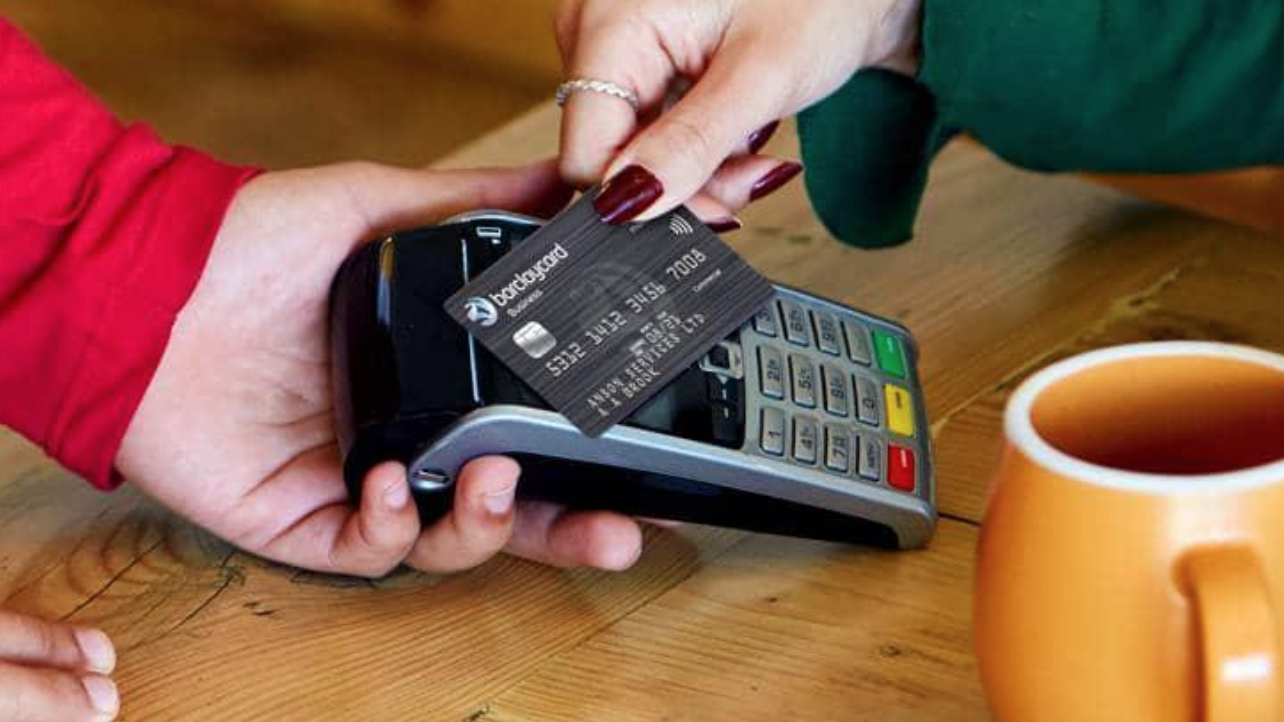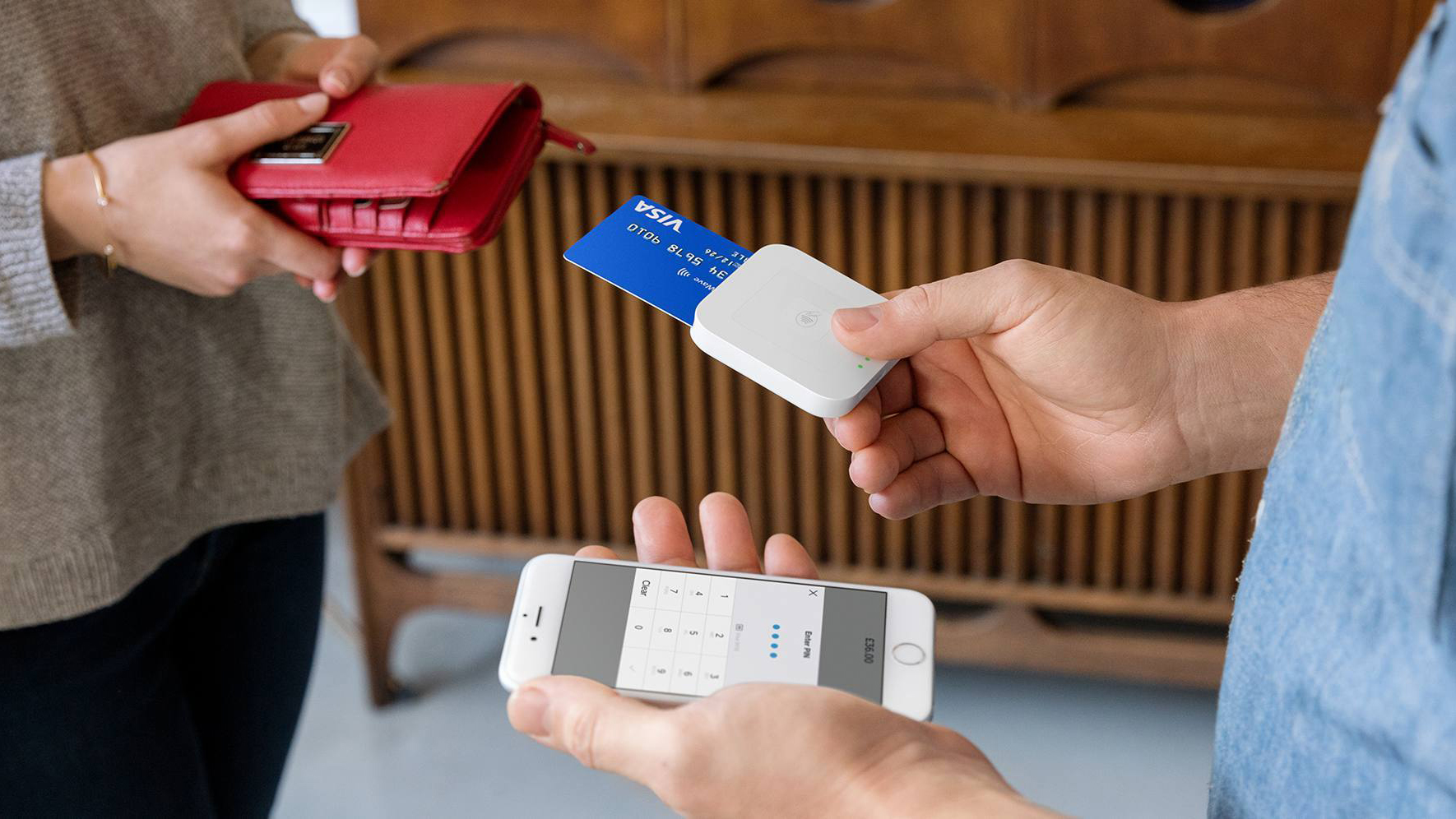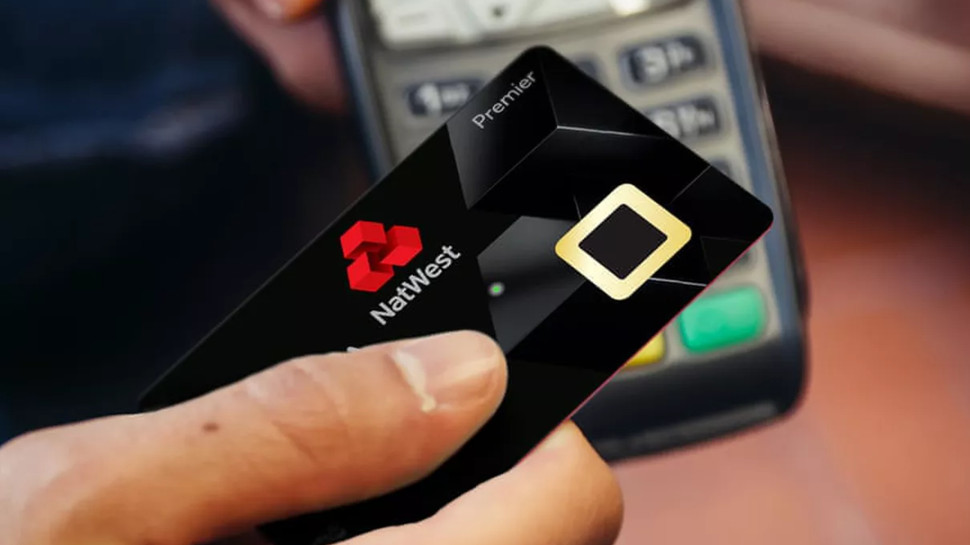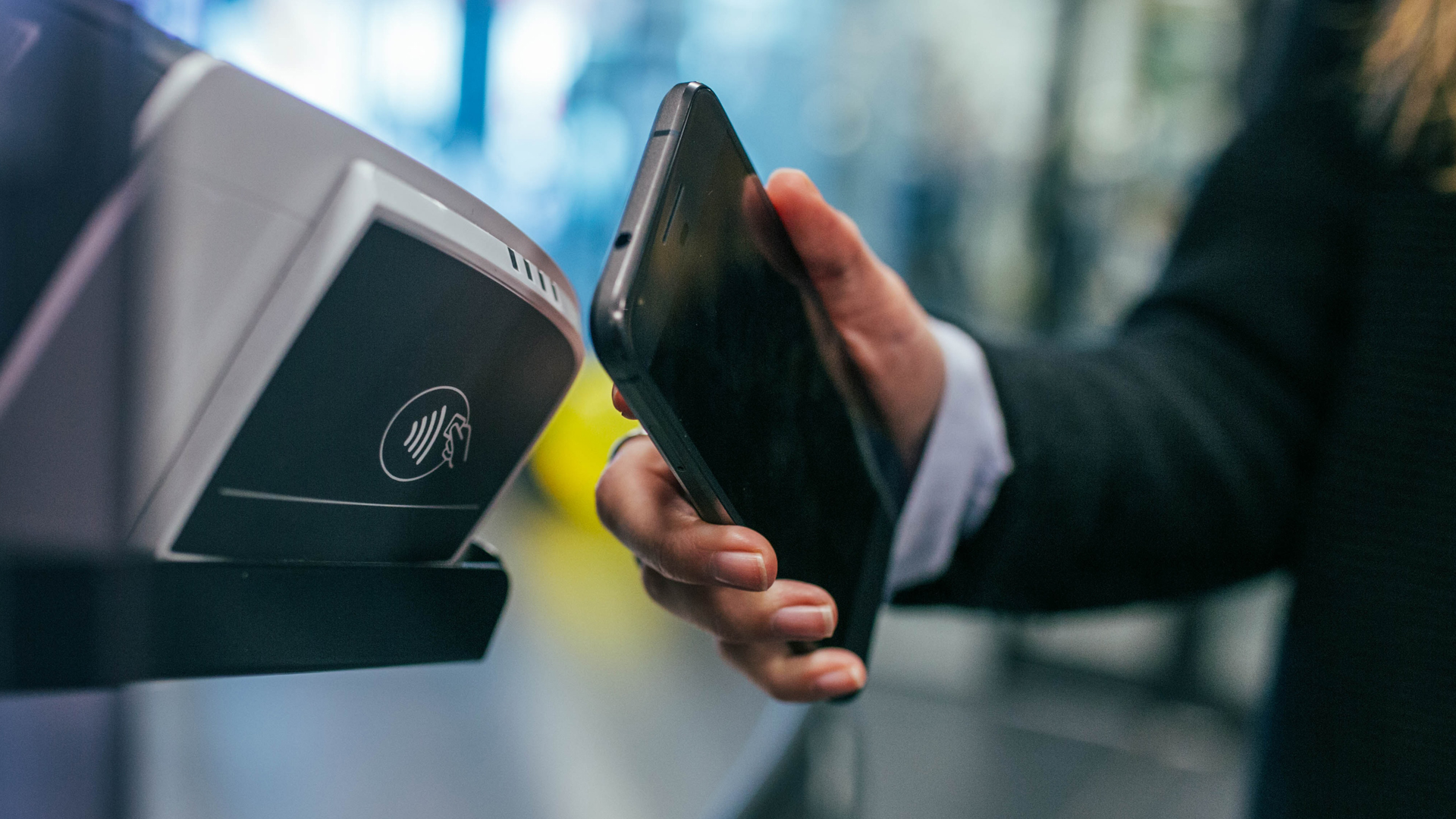
Cash has long been king, but times are changing. Due to technological advances and worries about handling paper money and coins, the move towards digital payments is speeding up. Consumers want convenience and business owners want a healthy turnover, while everybody wants to stay safe.
Therefore, moving your business towards an increasingly cashless setup makes a lot of sense. It’s also pretty easy to achieve thanks to lots of payment processing products and services aimed at offering simplicity all round. Pick the right cashless business model and you and your customers will be able to enjoy all of the benefits that brings.
- We've put together a list of the best accounting software
- Get your finances in order with the best personal finance software
- Also check out the best bookkeeping software on the market
Going virtual
Small business owners have a number of options at their disposal, which can facilitate payments from customers who are present and have a card they want to pay with. But there are also options available for when the customer might be making an order on the phone, or by using your e-commerce website.
If you’re a small business owner who expects to regularly deal with customers who want to give you their payment details over the phone, or are sending you a mail order, then a virtual terminal is one option. Having this hardware at your disposal means you can still process a transaction, even when the customer isn’t there in person.
Cost factor
Clearly one of the best ways to eradicate the need for physical cash as well as reducing the level of germs that are present is to offer contactless payments. Regular card terminals are well know for being far from hygienic due to the numbers of people who handle them over time.
Even though you can be as diligent as you like cleaning the PIN pad, card machines are by their nature, going to be pretty grubby. Contactless cards, which more and more consumers now own, are much better as the built-in Near Field Communication (NFC) technology gets rid of the physical contact needed to process a payment.

Mobile wallets
Staying with the contactless theme, a neat variation on ways to pay comes via the digital wallet. Now that most customers have a smartphone there’s been a surge in the popularity of digital wallets, which include the likes of Apple Pay, Google Pay and Samsung Pay. Again, these use NFC technology to process the transaction via your handset.
Sign up to the TechRadar Pro newsletter to get all the top news, opinion, features and guidance your business needs to succeed!
Generally speaking, if you’re going to be set up for accepting contactless payments via card then it’s more than likely you’ll be able to extend this capacity to include digital wallets too as our guides explain.
- Check out the best mobile credit card processors

E-commerce website
Putting together your own e-commerce website makes a lot of sense if you’re in the business of selling pretty much anything. While some websites can be used solely as a profile-building exercise, others can be used to sell your products and services. There are plenty of options if you want to use a website building service, which does away with the need to know much about web design.
However, if you’re looking to sell then make sure that any package you pick is able to handle online shoppers, with all of the payment options that comes with that kind of functionality. The good news is that many of the site-building tools out there do already have provision for this. Some even let you scale up your business as demand requires it.
- We've highlighted the best credit card processing services

Payment links
If you’re looking to add convenience to your e-commerce experience and tend to sell products rather than services then it's a good idea to consider having payment buttons on your website. In essence, these are payment links that can be triggered when a customer clicks or taps on them, either via a desktop experience or when using their mobile device.
Payment links are great as they’re a no-fuss option that don't usually require you to possess any major e-commerce website building skills. The functionality of the button or payment link does tend to vary however, depending on which provider you're using to implement it. But it’s worth perusing the products and services in our payment link guides to see which ones provide the sort of functionality you’re after.
Social media
Lookout too for an increasing number of opportunities to trade online using the social media might of Facebook and Google. Facebook business pages, for example, offer up the option of product and services listings. Google, meanwhile, is really trying to assist small business owners with a recent initiative to help them get their products more efficiently listed on Google Shopping.
There’s even been the option of a Buy on Google checkout facility and lots more convenience offered by the search giant in a bid to boost the lot of the small business owner in the wake of the coronavirus pandemic.
A pilot is already being run in the US, so hopefully we can all look forward to improving trading conditions in the near future. Better still, unlike days gone by, we should all be able to make some money without even touching it.
- Also take a look at our roundup of the best tax software for small businesses
Rob Clymo has been a tech journalist for more years than he can actually remember, having started out in the wacky world of print magazines before discovering the power of the internet. Since he's been all-digital he has run the Innovation channel during a few years at Microsoft as well as turning out regular news, reviews, features and other content for the likes of TechRadar, TechRadar Pro, Tom's Guide, Fit&Well, Gizmodo, Shortlist, Automotive Interiors World, Automotive Testing Technology International, Future of Transportation and Electric & Hybrid Vehicle Technology International. In the rare moments he's not working he's usually out and about on one of numerous e-bikes in his collection.
